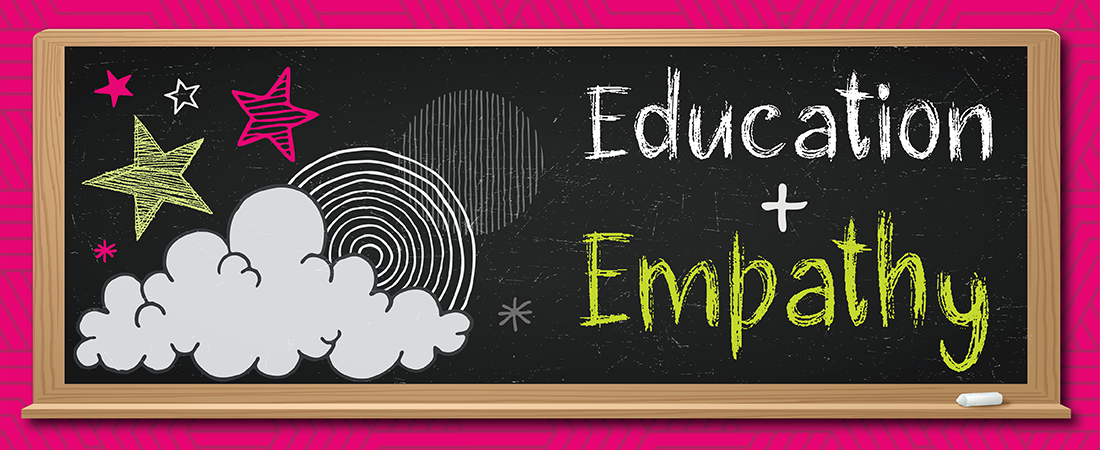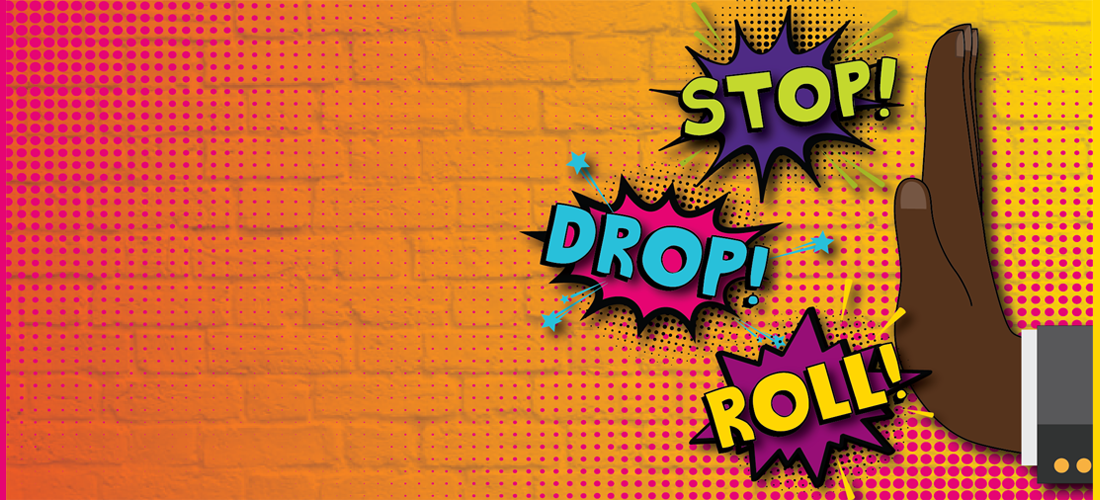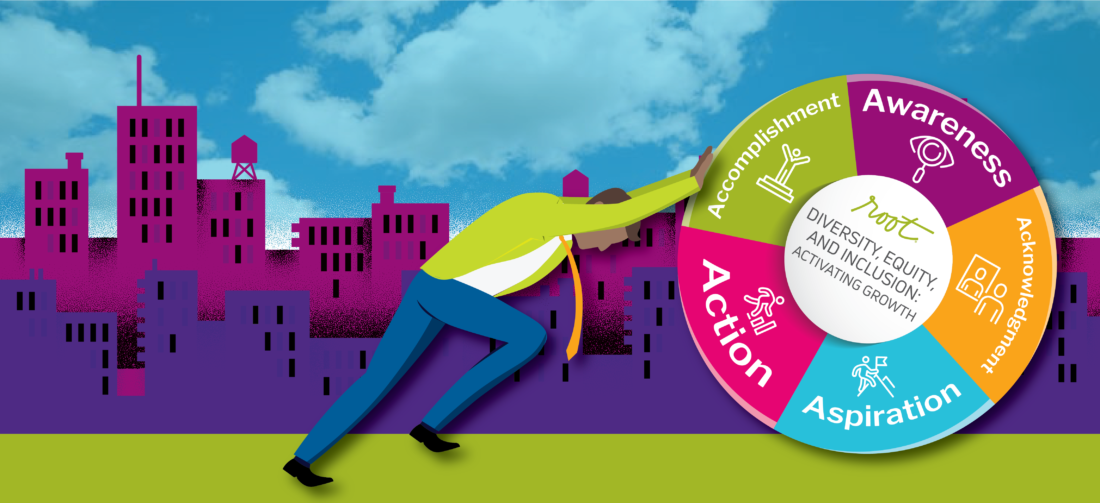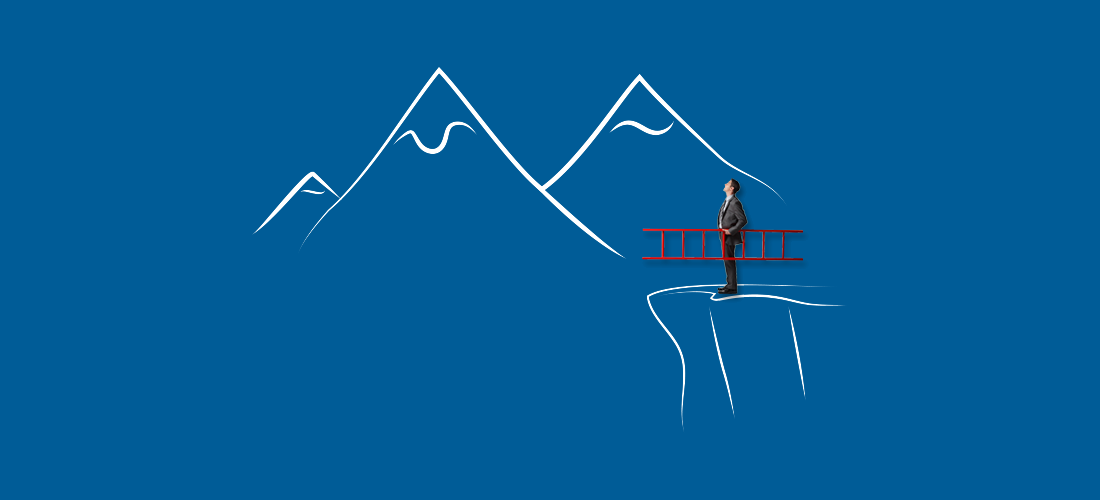Hi, again. In our first blog in this series, we talked about why unconscious bias training efforts are often considered to be a complete waste of time and resources. Then, in the second blog, we shared a bias mitigation model that firefighters will like, and we also redefined the goals for unconscious bias. (Spoiler alert: They are measurable and attainable.)
In this blog post, we’ll attempt to answer a new question: How can we infuse education with empathy?
The Power of Empathy and Connection
First, why focus on empathy? Because it’s all about connection. Connecting to the human experience. Connecting to who we are, and how others might experience a shared world differently.
Too often, our unconscious bias trainings focus solely on educating the audience, but once the training wraps up, that education never seems to make it out the door. In our opinion, that’s because we haven’t activated the heart. We’ve created awareness, but we’ve failed to foster authentic connection.
Education is good, but if we want behaviors to change, we have to start the process of building connections – to each other, to our work – that give people a reason to bring that education to life outside the classroom. To put it another way: Even though Mrs. Yates’s sixth-grade lessons on ancient Egypt were fascinating, I have no reason to recall or apply them in my job as a consultant. (Unless my client is an Egyptologist, of course.)
To create the connections that all organizations need and want, we need to begin with a focus on empathy, which leads to connection. To do this, we need knowledge, curiosity, and heart.
Let’s consider three important “from–to” shifts as they relate to unconscious bias intervention efforts.
From “Gotcha” Moments to Curiosity through Connection
Here’s what we mean by a “gotcha” moment: In a workshop, participants look at a photo of a person and then share their initial impressions of that person.
“They look mad.”
“They look kind.”
“They have an inviting smile.”
Then, it’s revealed that – surprise! – this person is a respected political leader and not incompetent like they thought. Or perhaps this person is actually a serial killer and not the sweet person they assumed they were.
While these “shock-and-awe” experiences can be memorable moments that drive home a point, they don’t generate any psychological safety. We withdraw with a few stolen glances at those around us. Nothing in us “leans in” with a desire to engage those sitting next to us.
Rather than employing “gotcha” moments, set the tone by showcasing shared-but-different experiences. Call attention to the shared emotions we feel and the experiences that cause these emotions; the shared judgments we might receive and the backgrounds behind them. Instead of making your point through shock-and-awe, it’s more impactful to bond people by showing them that we can all relate and connect on an emotional level, regardless of where we’re from or what we look like. This video perfectly demonstrates shared-but-different experiences.
When people start to see both difference and shared experience, we build connection.
Connection activates curiosity. This is key to understanding that bias is no longer a mental exercise but a gateway to uncovering the unexpected things you might share with your co-worker, or the drastically different upbringings that have given two people two different lenses through which they work.
We’re all on a journey, and we’re all at different places in our journeys. Whether through discussion, film, art, or interactivity, keep the human element front and center so that education leads to curiosity – but do it without using any “gotcha” techniques.
From Stereotyping and Tokenism to Individual Truths and Learnings
This point builds on the last one. It’s important to share stories and give examples. Research tells us that storytelling sticks with us much longer than a statistic or a text-heavy PowerPoint. But when using photos, case studies, film, or a facilitator’s examples, guard against unintentionally reinforcing stereotypes or checking a set of identity boxes.
Recently, we messed this up. Films are often a key tool we use to drive empathy with an audience. We tried to make a film that infused education with empathy, but we created it too quickly, skipping some steps in our usual process. As a result, we stereotyped a collective experience and could’ve perpetuated feelings of exclusion. We quickly retired the film.
Don’t check the identity boxes. Lead with individual truths and learnings. Let the stories shared be authentic to where each person is in the stages of their journey. Maybe that means giving opportunity to those who are willing to share the journey they’re on and the impact it has had in order to inspire others.
Let the “aha” moments spark a collective, organizational movement to be better, do better, and achieve more.
From Putting Individuals on the Spot to Shifting the Onus to Us
Be careful who you ask to tell their stories and which stories you ask them to tell. When a workshop’s design relies on underrepresented or marginalized employees to educate employees from the majority culture, it puts the burden of educating in the wrong place. Additionally, this dependence on in-the-moment sharing of past stories can stir up past trauma, which should be avoided.
But it’s possible to capture personal truths using media, including films and visualizations like the one below. By centering the group on shared visuals or a collective reality, you create safety by directing people’s opinions to the art rather than to the individual next to them. By doing this, the conversation can go way beyond surface-level awareness, to a place where employees are willing to commit to changing the picture and the systems that cause the picture to exist.
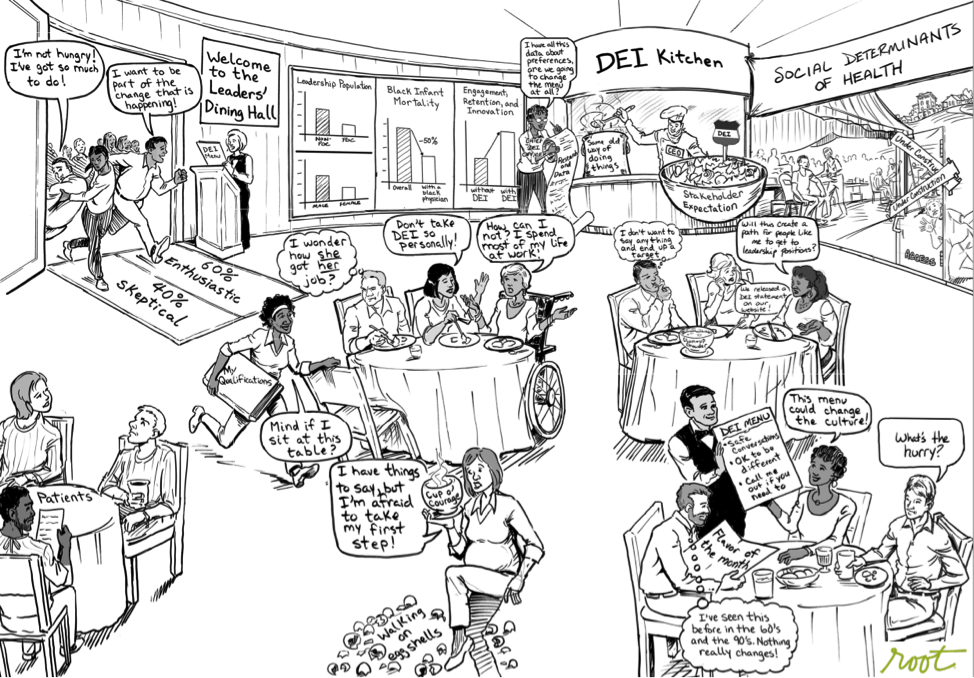
In summary, here’s the only “check-the-box” exercise you should consider.
- Have you avoided “gotcha” moments in favor of curiosity through connection?
- Are you leaning on stereotypes and tokenism or individual truths and learnings?
- Are you putting individuals on the spot or shifting the onus to us?
Over the past few weeks, we’ve spent a lot of time talking about unconscious bias trainings, including tangible frameworks and the importance of empathy. But now what? It’s time to make sure these trainings can be catalysts for change. It’s time to connect these trainings to a train. Stay tuned next week as we help you consider your organization’s larger DEI journey and the systemic solutions you may want to consider.




